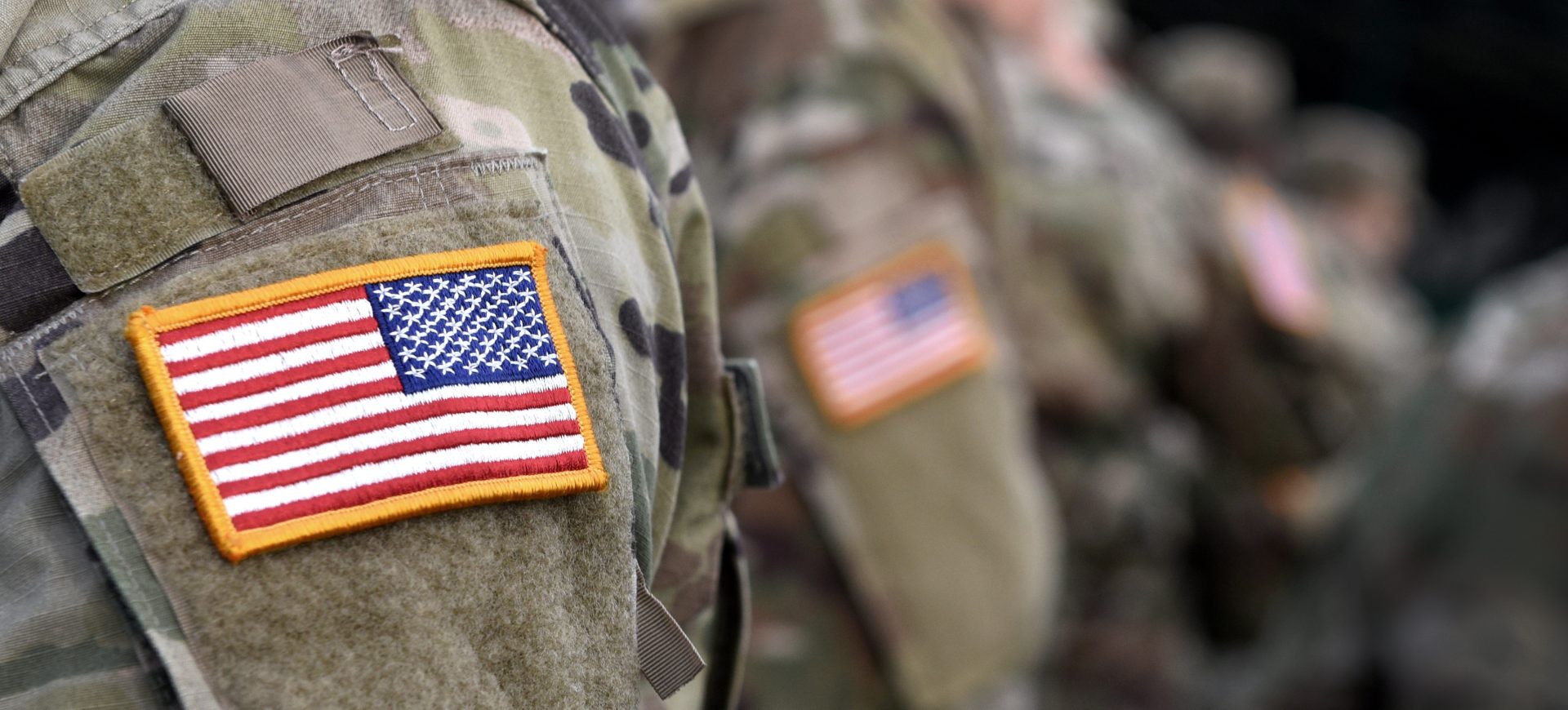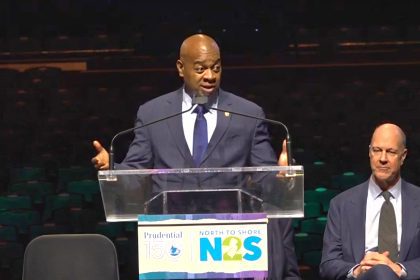In the pre-dawn hours of June 22, the United States (U.S.) launched a highly classified airstrike designed to devastate Iran’s nuclear infrastructure. The operation, executed in coordination with Israel, targeted three critical sites—Fordow, Natanz and Isfahan—and took many by surprise. President Trump called it a “successful” mission, asserting that the facilities were “completely obliterated” .
How the facilities were hit
The mission, known as Operation Midnight, utilized more than 125 aircraft, including seven B‑2 stealth bombers. These stealth jets carried Massive Ordnance Penetrators—bunker-buster bombs capable of penetrating hundreds of feet of concrete before detonating—along with Tomahawk cruise missiles. Observers noted that this represented the first combat use of these powerful bunker busters in Iran.
Fordow, built deep under a mountain south of Tehran, was seen as Iran’s most fortified nuclear site. The U.S. dropped at least six of the 13,000‑kilogram bombs there, demonstrating its ability to strike hardened underground targets that were previously considered invulnerable. Natanz—a multi-level facility housing hundreds of gas centrifuges responsible for enrichment up to 60 percent uranium—was also compromised by bomber-delivered bunker busters and submarine-fired cruise missiles. Isfahan, while less fortified, was vulnerable enough for a missile strike and was reportedly hit hard.
U.S. military officials claim that all three sites sustained “extremely severe damage,” though full assessments remain pending. Iran disputed the extent of the damage, contending that materials had been evacuated beforehand and that the bombing constituted a “barbaric violation” of international law .
managing fallout and radiation risk
One immediate concern was whether destroying these sites could unleash a radiological disaster. Experts from U.S. and international agencies explained that Iran’s enrichment plants—unlike reactors—do not carry massive radioactive cores, so the chances of a Chernobyl-like catastrophe were low . The International Atomic Energy Agency (IAEA) and Saudi officials reported no significant rise in radiation following the strikes.
Other hazards arose from the uranium hexafluoride used in enrichment processes, which can release toxic fluorine compounds when exposed to heat. While a localized chemical risk exists, it is unlikely to elicit widespread contamination, according to defense analysts .
a shockwave of regional consequences
Within hours of the U.S. strikes, Iran responded with a barrage of missiles aimed at Israel, targeting cities such as Tel Aviv and Haifa and injuring over 80 people . Tehran also reserved the right to retaliate directly against U.S. bases or disrupt vital shipping through the Strait of Hormuz .
Major geopolitical reactions flowed in from around the world. Israel and the United Kingdom praised the raids, calling them necessary to forestall a dangerous nuclear progression . In contrast, the United Nations, European Union and China warned that the strike escalated risks in the region and urged diplomatic channels . Saudi Arabia expressed alarm, while Oman condemned the bombings and demanded de-escalation, citing potential humanitarian fallout.
Russian political figures were scathing in their critique, arguing that the attack betrayed Trump’s earlier promises to pivot away from Middle East conflict. Analysts from across the globe cautioned that while the strikes may set back Iran’s nuclear timetable temporarily, they are unlikely to dismantle its entire program. In fact, one concern is that Tehran may veer toward weaponization and expel IAEA inspectors, eliminating remaining oversight.
Political divisions in the U.S.
Domestically, the reactions splintered along party lines. Some Republicans and allied conservatives praised the strikes, calling the president’s actions decisive . But not everyone voiced approval: Marjorie Taylor Greene declared the U.S. must not be entangled in another foreign war, even while political heavyweight Ted Cruz offered praise .
Several Democrats, including House Minority Leader Hakeem Jeffries, delivered strong cautions, arguing the strike risked dragging America into a “potentially disastrous war” . Bernie Sanders went further, calling the strikes “grossly unconstitutional” and pointed to the constitutional power Congress holds in declaring war—a power he argues the president bypassed . Presidential authority as commander in chief allows military operations without a formal declaration of war, but that authority is finding itself under renewed scrutiny.
The limits of military force
Security experts highlight that military strikes may delay Iran’s nuclear pursuits but won’t fully dismantle decades of research, enrichment infrastructure and technical know-how . Iran could dig deeper to hide vital components or move facilities into civilian areas, where strikes carry higher humanitarian and geopolitical risk . Some analysts suggest any strike would need to be followed by a sustained campaign—military, intelligence and diplomatic—to prevent Iran from rebuilding or dispersing its nuclear infrastructure.
What comes next
The U.S. military has increased its presence in the Middle East, deploying additional aircraft, troops and naval resources in strategic locations and preparing for rapid response to any Iranian retaliation . President Trump has maintained that further strikes are possible unless Tehran returns to serious diplomatic negotiations .
Meanwhile, just days before the bombing, indirect diplomatic efforts were underway in Oman, aiming to revive the 2015 nuclear deal. Iran’s stance appears to have hardened following the strike, with its leadership ruling out new talks unless the U.S. recognises its right to enrich uranium and makes meaningful sanctions relief .
A tense crossroads
This dramatic airstrike has shattered previous assumptions about what was possible in Iran’s high-security nuclear zones. It has redefined the limits of open military operations in the region. But while the strike may halt Iran’s nuclear timeline, it comes with heavy costs—politically and diplomatically—for all parties involved. As Iran reveals more of its response strategy and allies mobilize in concern, the world remains on edge, waiting to see if this act of force will escalate further or trigger a new round of negotiations.











